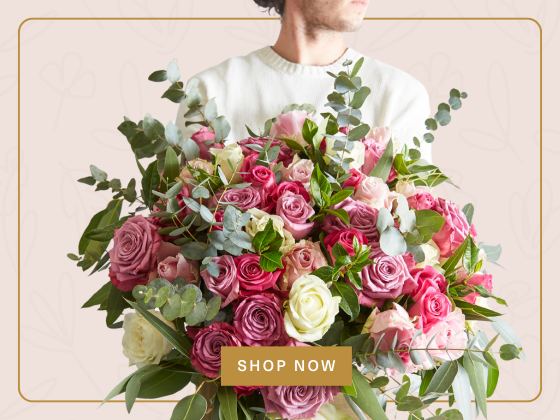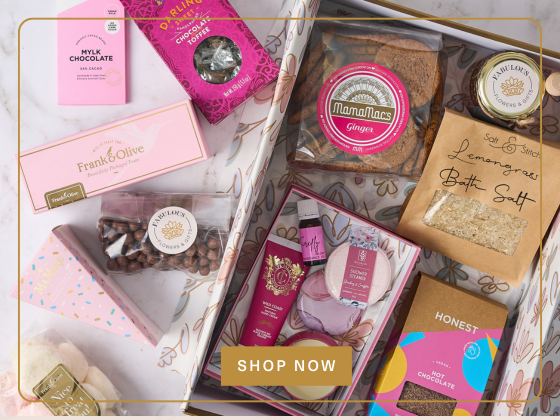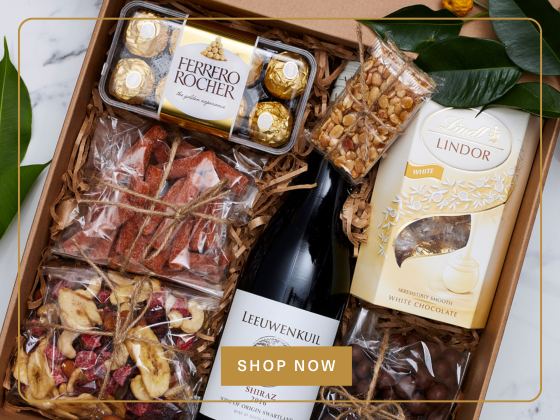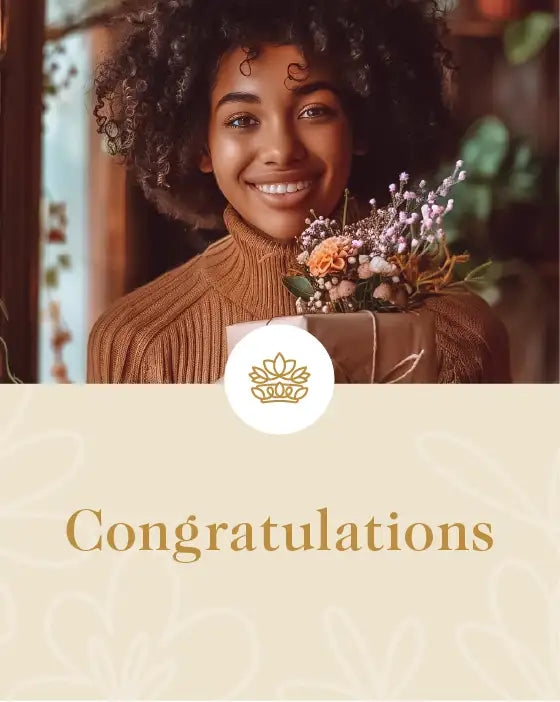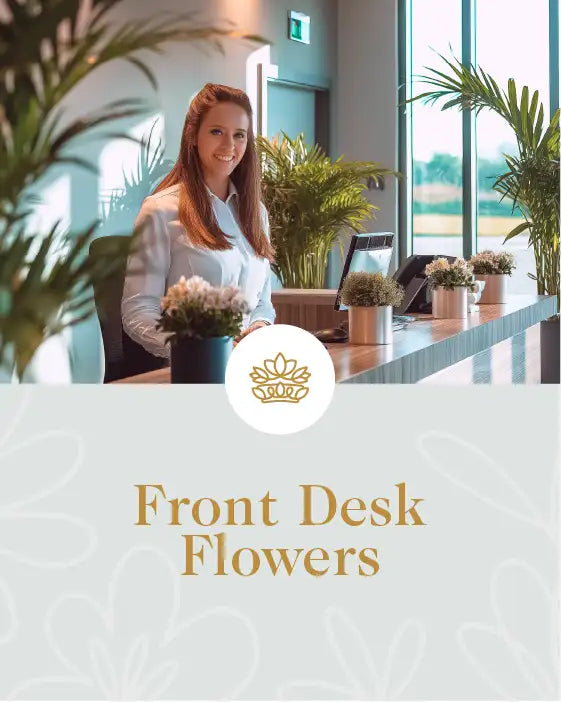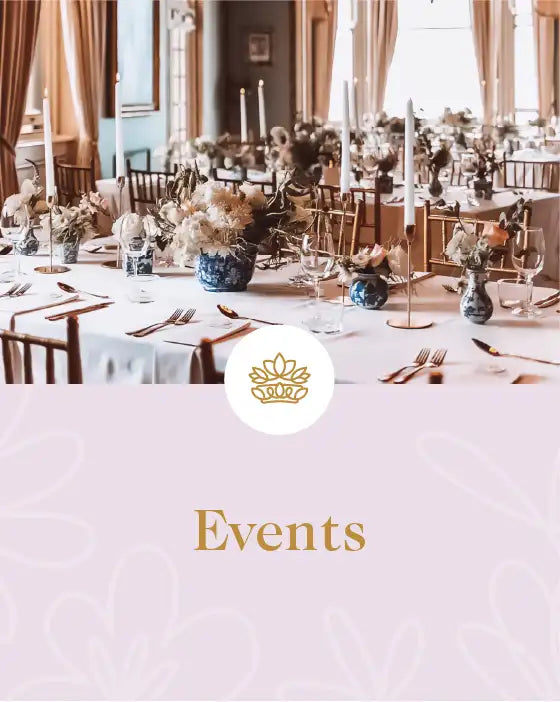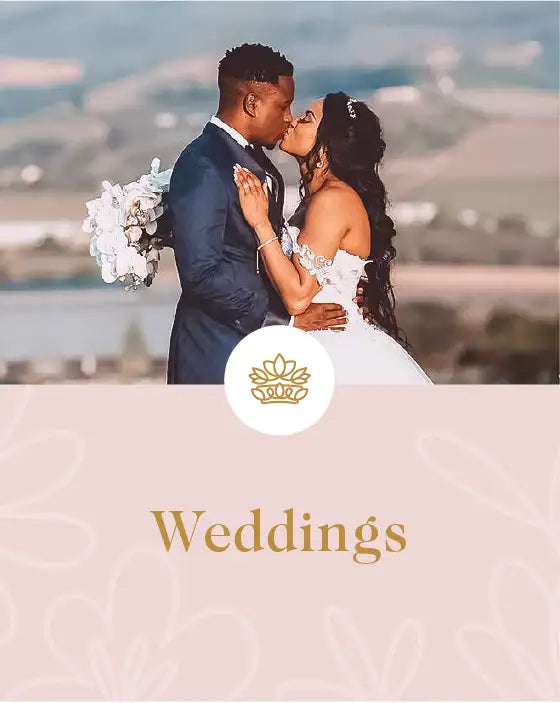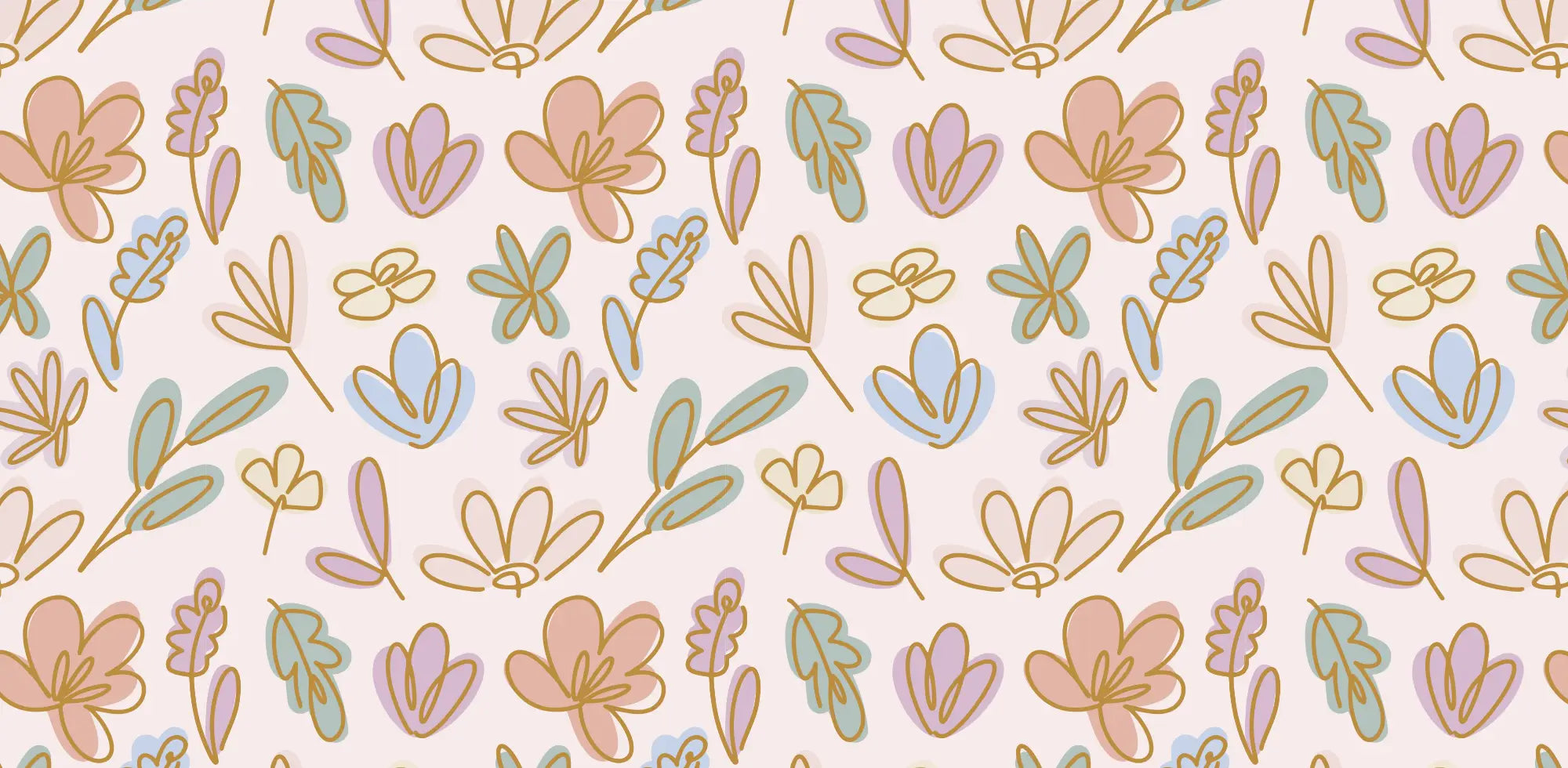The Power of Flowers: Beauty & Wellness Through Nature
Are you ready to be captivated by the power of flowers? From their enchanting beauty to their therapeutic benefits, flowers bring joy and light up our lives in countless ways. They have a unique ability to enhance our overall wellbeing and enrich our lives in countless ways. Whether you’re a flower enthusiast or simply appreciate the beauty of nature, this article will take you on a journey through the fascinating world of flowers.
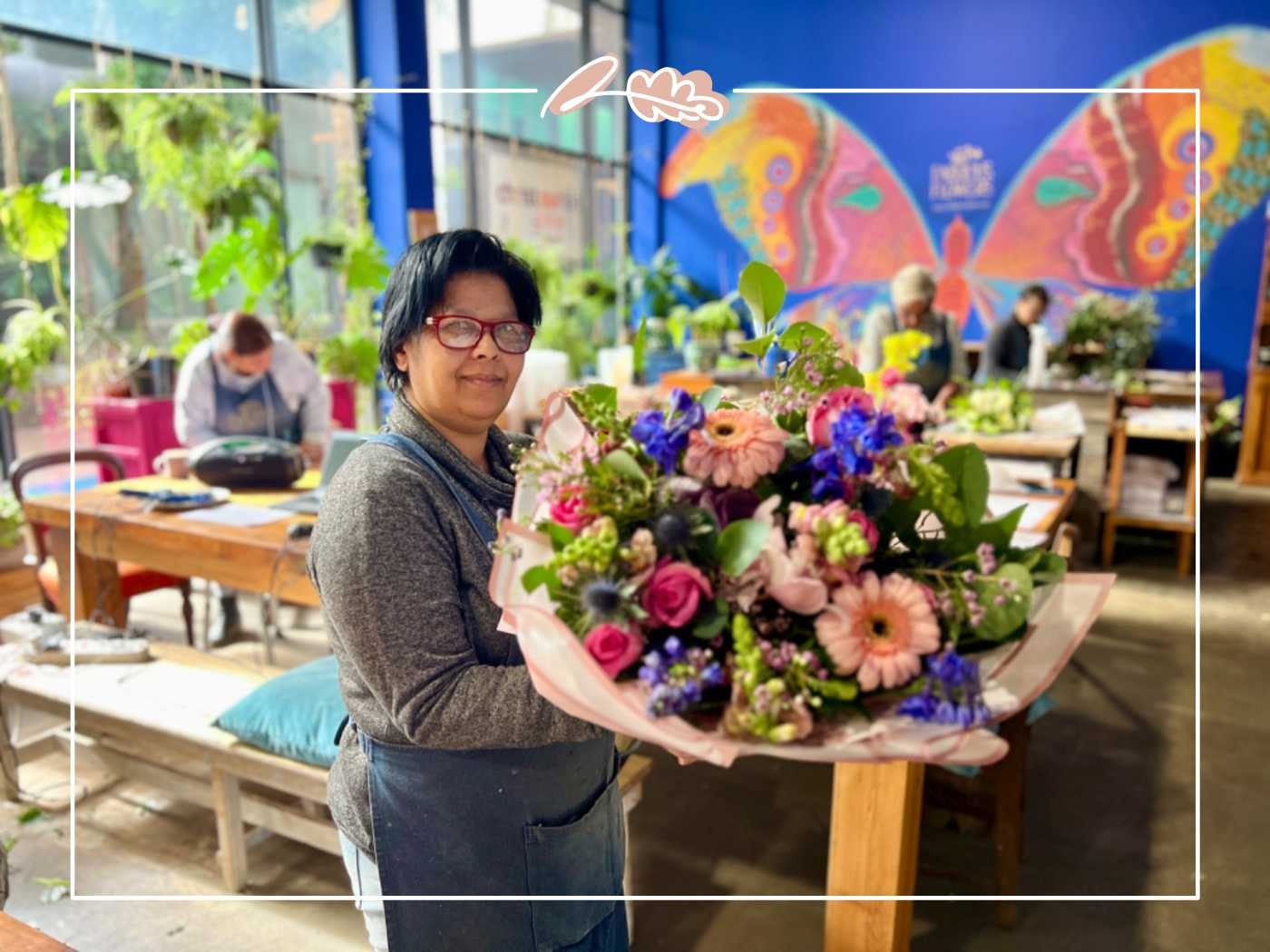
Discover Stunning Flower Symbolism
Get ready to uncover the history, symbolism, and diverse types of flowers and their benefits for our physical and mental wellbeing. Plus, you’ll learn how to create a beautiful flower garden, incorporate beautiful blooms into your meals and drinks, and even explore the world of flower art and literature. So, come along on this fragrant green adventure and let the power of flowers uplift and inspire you!
The History of Flowers
As we delve into the history and symbolism of flowers, you’ll be transported through time and across various cultures to explore the deep meaning behind different blooms. Throughout history, the tradition of giving flowers has been a timeless expression of love and affection. Discover the language of flowers and decode the messages hidden within their petals. Each flower has a unique story, from roses to daisies, and you’ll learn how to choose the perfect bloom for any special occasion.
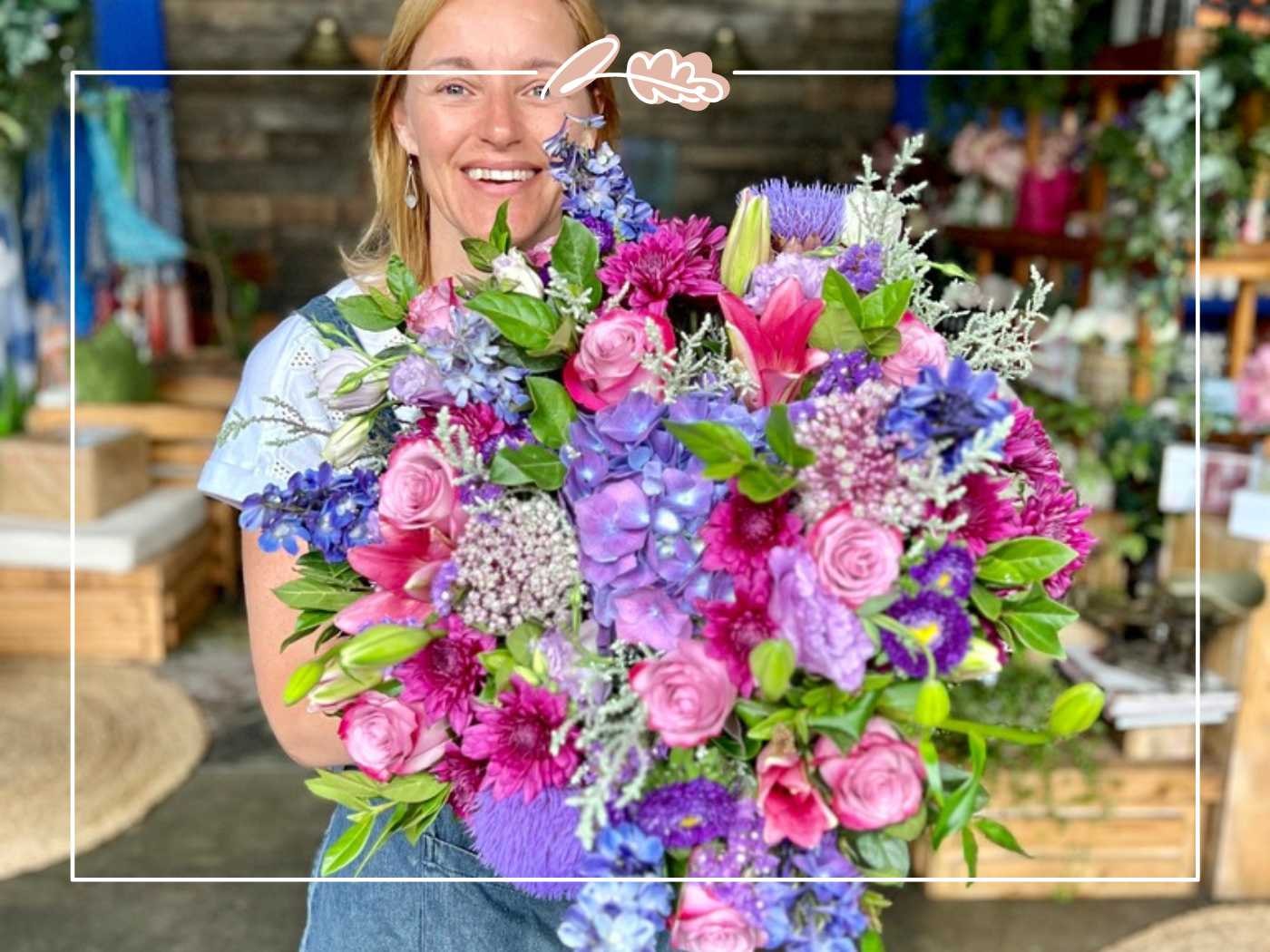
Flower Symbolism
Each flower has a unique symbolism and meaning, varying across cultures and periods. For example, red roses are often associated with love and passion, while lilies are associated with purity and innocence. Understanding the cultural significance of different flowers can deepen our appreciation for their beauty and help us use them more meaningfully. Corsages, floral arrangements, and bouquets were also popular, with specific flowers chosen for their symbolic significance.
Ancient Civilisations
In ancient Egypt, fresh flowers such as lotus and papyrus were used in religious ceremonies as symbols of rebirth and renewal. In Greece and Rome, flowers were used for decoration and celebrations, with garlands often worn as wreaths on the head. In Buddhist and Hindu traditions, the lotus flower holds a deep spiritual significance as a symbol of enlightenment and purity.
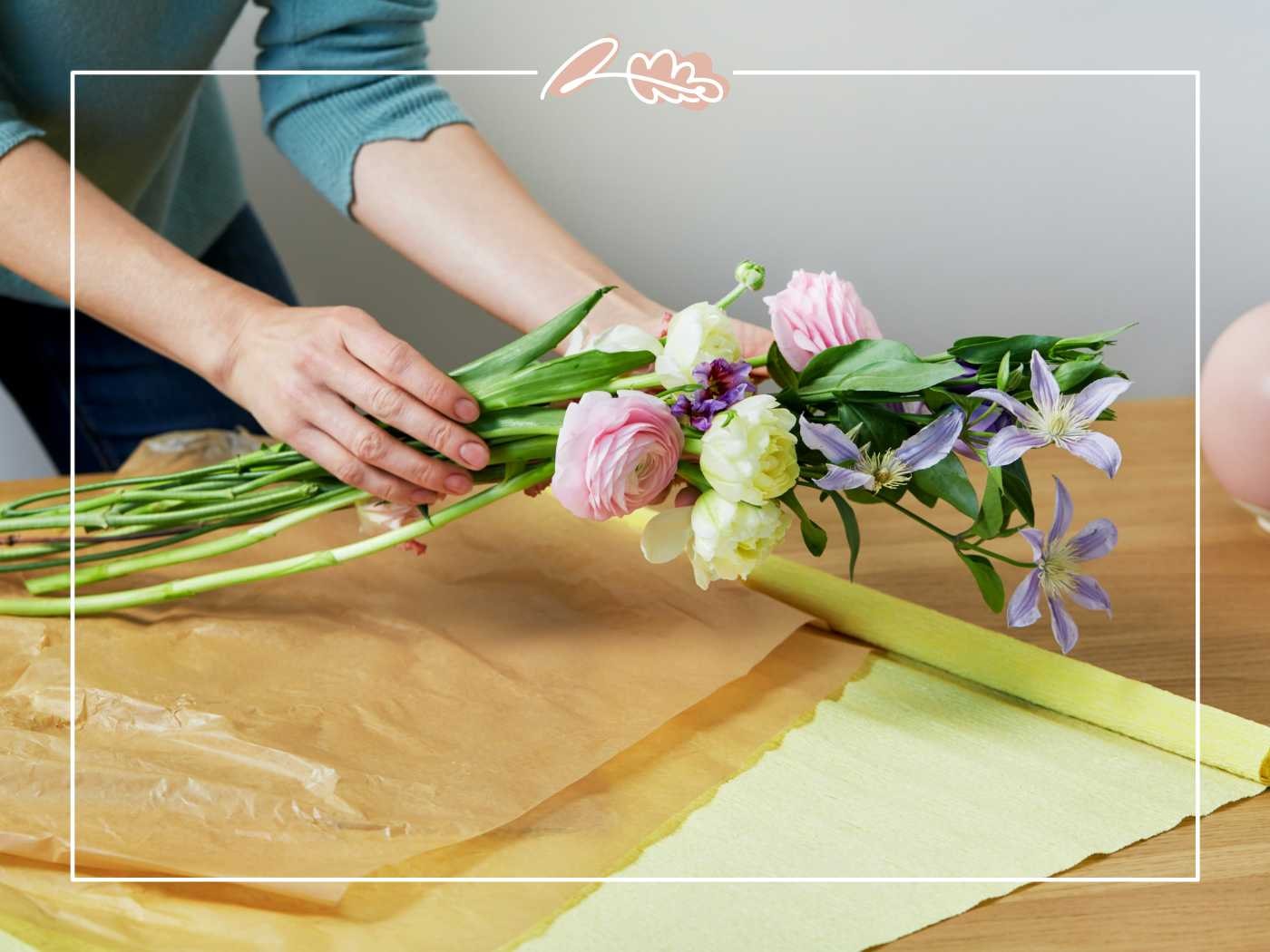
Medieval Europe
Flower symbolism and the "Language of Flowers" developed during the medieval period. Flowers were used to express emotions and messages, with different blooms representing different virtues or traits. The use of flowers in art and literature also became prevalent during the Renaissance, with artists like Leonardo da Vinci incorporating flowers into their works.
Victorian Era
The Victorian era saw a resurgence in flower symbolism, with the "Language of Flowers" becoming popular among the upper class. Flowers were used to express romantic and social messages, with specific blooms holding specific meanings. Corsages, floral arrangements, and bouquets were also popular, with particular flowers chosen for their symbolic significance.
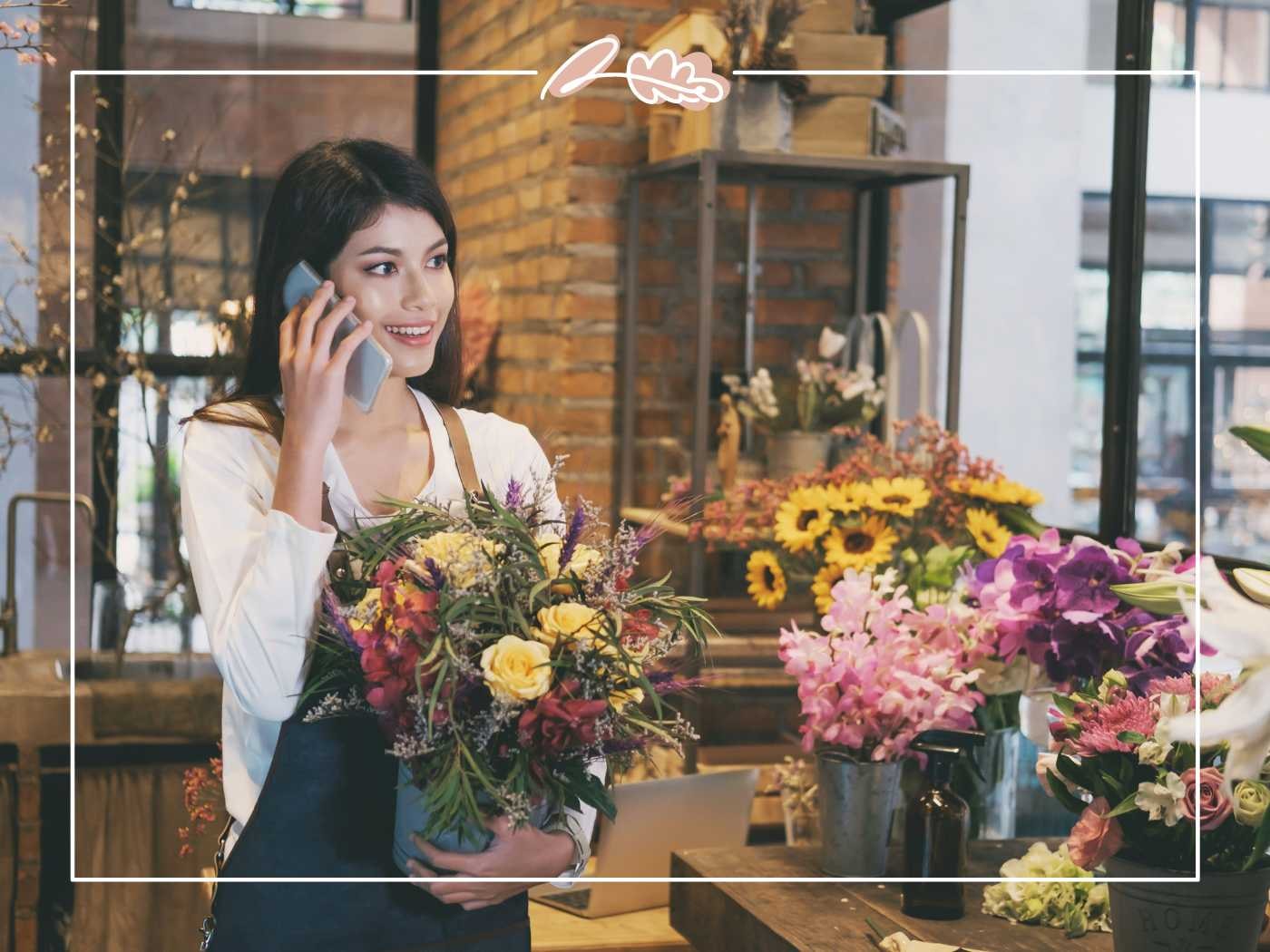
The Healing Power of Flowers: Working Nature to Enhance Wellness
Flowers are not only beautiful to look at, but they also bring a remarkable impact on our overall wellbeing. Whether it’s their vibrant colours, fragrant scents, or simple presence, flowers have been shown to improve our mental and physical health in various ways. In this section, we’ll explore the science behind the positive effects of flowers on our wellness journey and provide practical tips for incorporating them into our daily lives.
The Psychological Benefits of Flowers
Studies have shown that exposure to flowers can significantly impact our mental health. Flowers have been found to reduce stress, anxiety, and depression while improving mood and promoting relaxation. The sight and scent of flowers can activate the parasympathetic nervous system, which helps to calm the body and reduce stress. Flowers have also increased happiness and well-being, improving overall mood and emotional state.
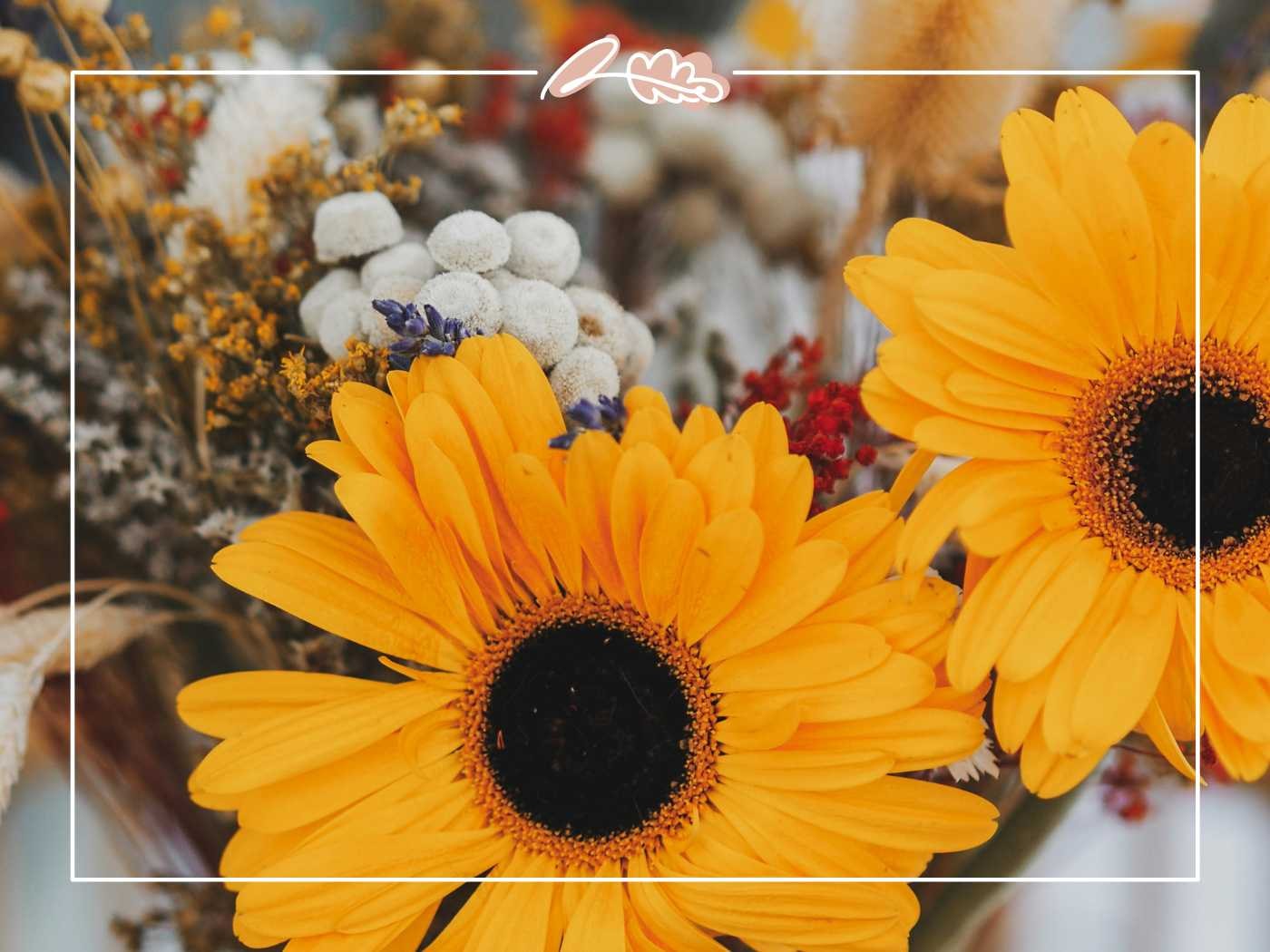
The Physical Benefits of Flowers
In addition to their psychological benefits, flowers have also been found to improve physical health. Flowers have been shown to reduce pain and inflammation and enhance immune system function. The scent of flowers has also been found to improve sleep quality and reduce fatigue. One study found that patients who received flowers during their recovery from surgery had lower blood pressure and heart rate and required less pain medication than those who did not receive flowers.
The Connection between Flowers and Nature
Flowers are a part of the natural world, and their healing properties are often attributed to their connection with nature. Studies have shown that exposure to nature can positively impact mental and physical health, reducing stress and anxiety, improving mood, and enhancing cognitive function. The presence of flowers can serve as a reminder of the natural world's beauty, peace and wonder, connecting us to a larger sense of purpose and meaning.

Incorporating Flowers into Your Wellness Routine
There are many ways to incorporate flowers into your daily routine to enhance overall wellness. Here are some practical tips for using flowers to promote health and happiness:
With the convenience of online delivery services, you can have fresh flowers delivered right to your doorstep to enhance your wellness routine.
Flower Arrangements
Creating beautiful flower arrangements can be a simple yet effective way to reduce stress and promote relaxation. Choose flowers that appeal to your senses and arrange them to bring you joy. Flowers in your home or workplace can also create a calming and uplifting environment.

Flower Essences
Flower essences are extracts from flowers that are used to promote emotional wellness. They are believed to work by tapping into different flowers' energy and vibrational properties. Flower essences can be added to water, taken orally, or applied topically to the skin. Some common flower essences include Bach Rescue Remedy, Mimulus, and Willow.
Flower Tea and Food
Drinking flower tea can be a soothing and delicious way to promote wellness. Chamomile tea, for example, has been found to reduce stress and anxiety, while lavender tea can promote relaxation and better sleep. Edible flowers, such as roses and violets, can also be used in cooking and baking to add flavour and nutrition.
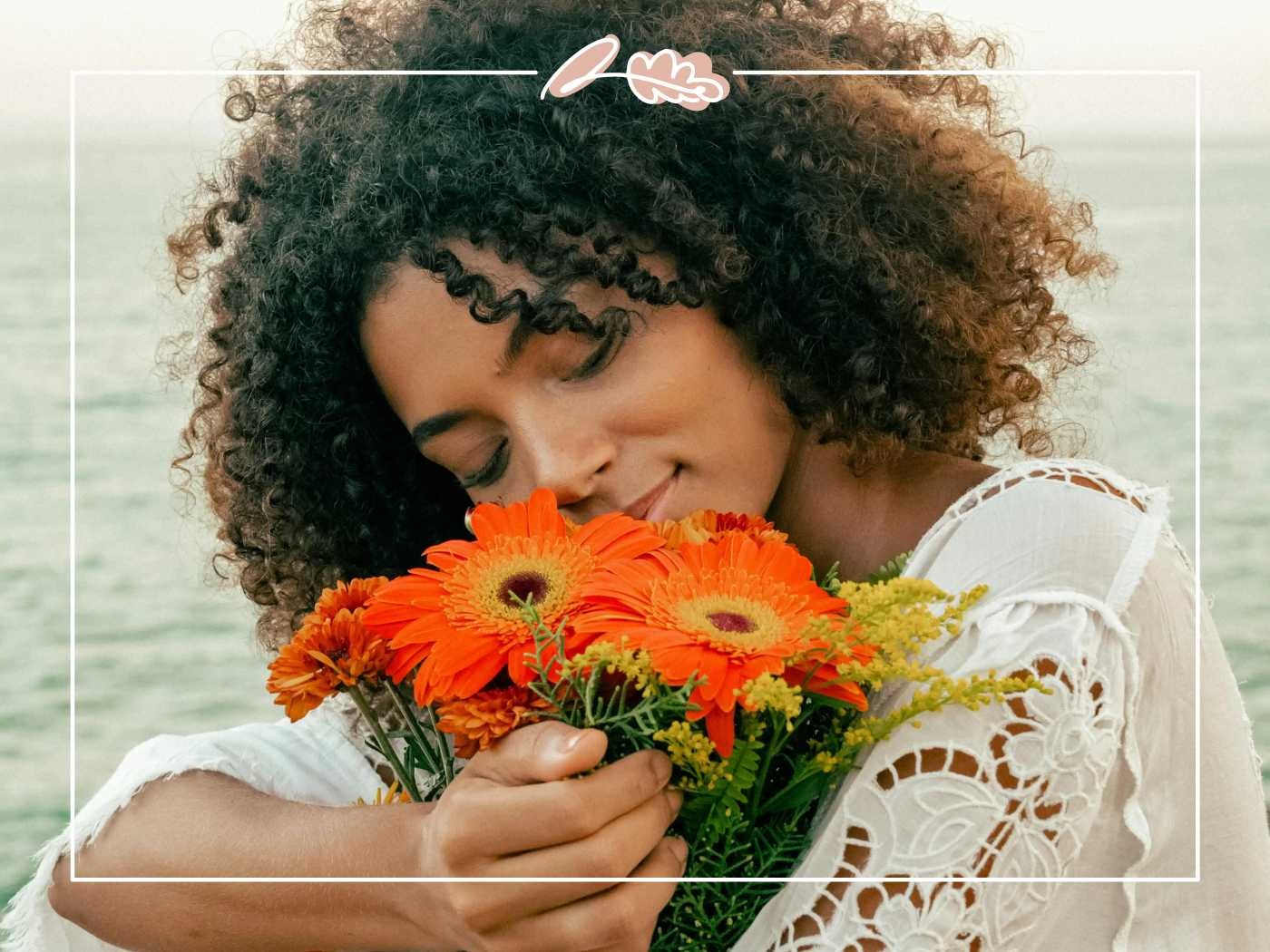
Flower Therapy Activities
Mindful walks through a garden or nature trail can be a simple yet effective way to connect with the natural world and promote wellbeing. Many activities incorporate flowers for relaxation and stress relief. Creating a flower mandala, which involves arranging flowers in a circular pattern, can also be calming and meditative.
Gardening and Flower Arrangements
Gardening and flower arrangements are two activities that bring much joy and fulfillment to people’s lives, especially when you cultivate beautiful blooms. Here are some tips to help support you create a thriving flower garden and beautiful flower arrangements:
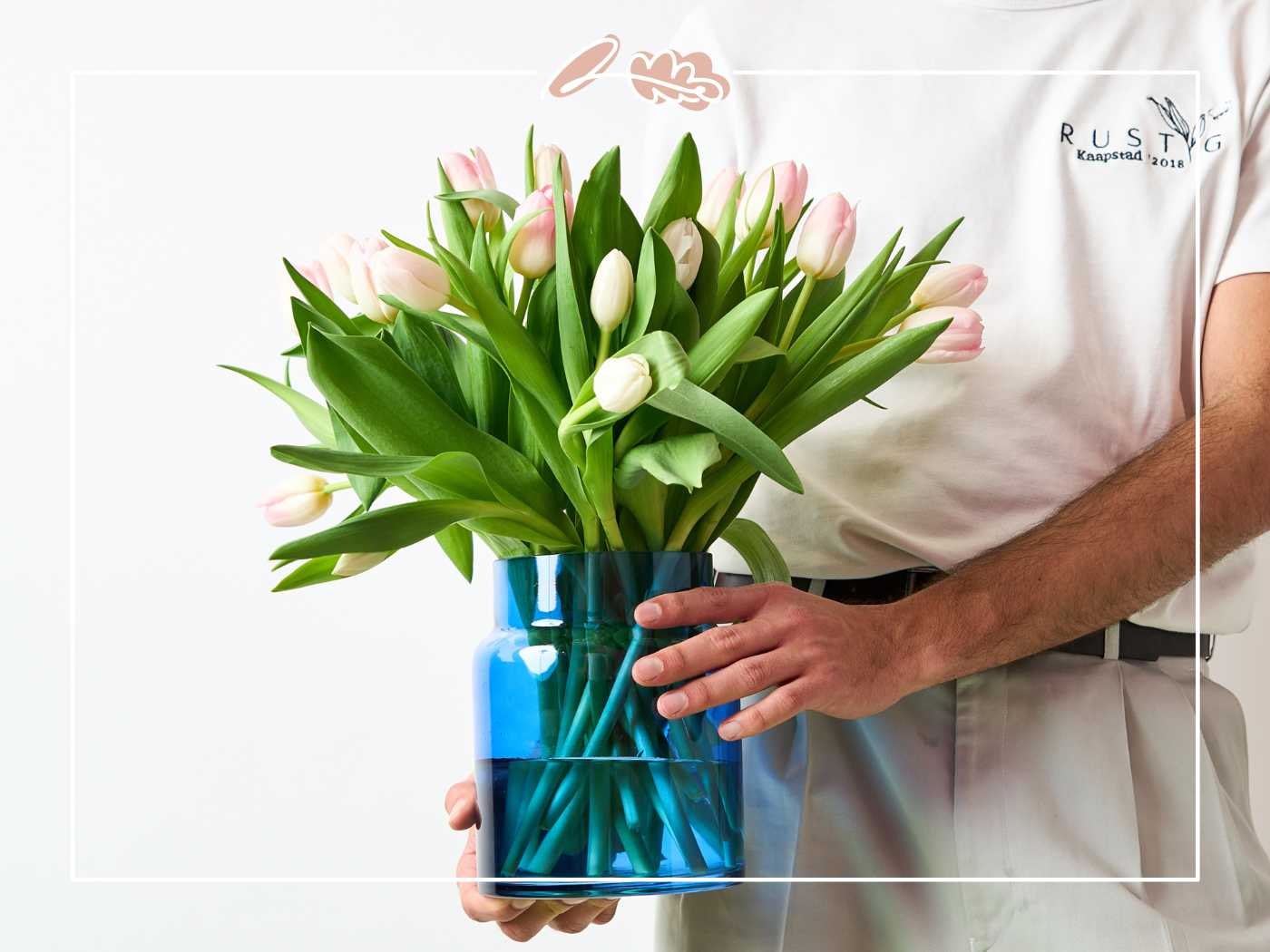
Tips for Creating a Thriving Flower Garden
Choose the right location:
One of the most important aspects of a thriving flower garden is selecting the right location. Most flowers need plenty of sunlight, so choose a location with at least 6 hours of direct sunlight daily. Some flowers, such as impatiens and begonias, can tolerate more shade, but most require ample sunlight.
Prepare the soil:
Your soil's quality will significantly impact your flowers' health and growth. Soil is the foundation of a healthy garden, so it's important to prepare the soil properly. Add organic matter, such as compost or aged manure, to improve soil fertility and structure. You can also add perlite or vermiculite to improve drainage.
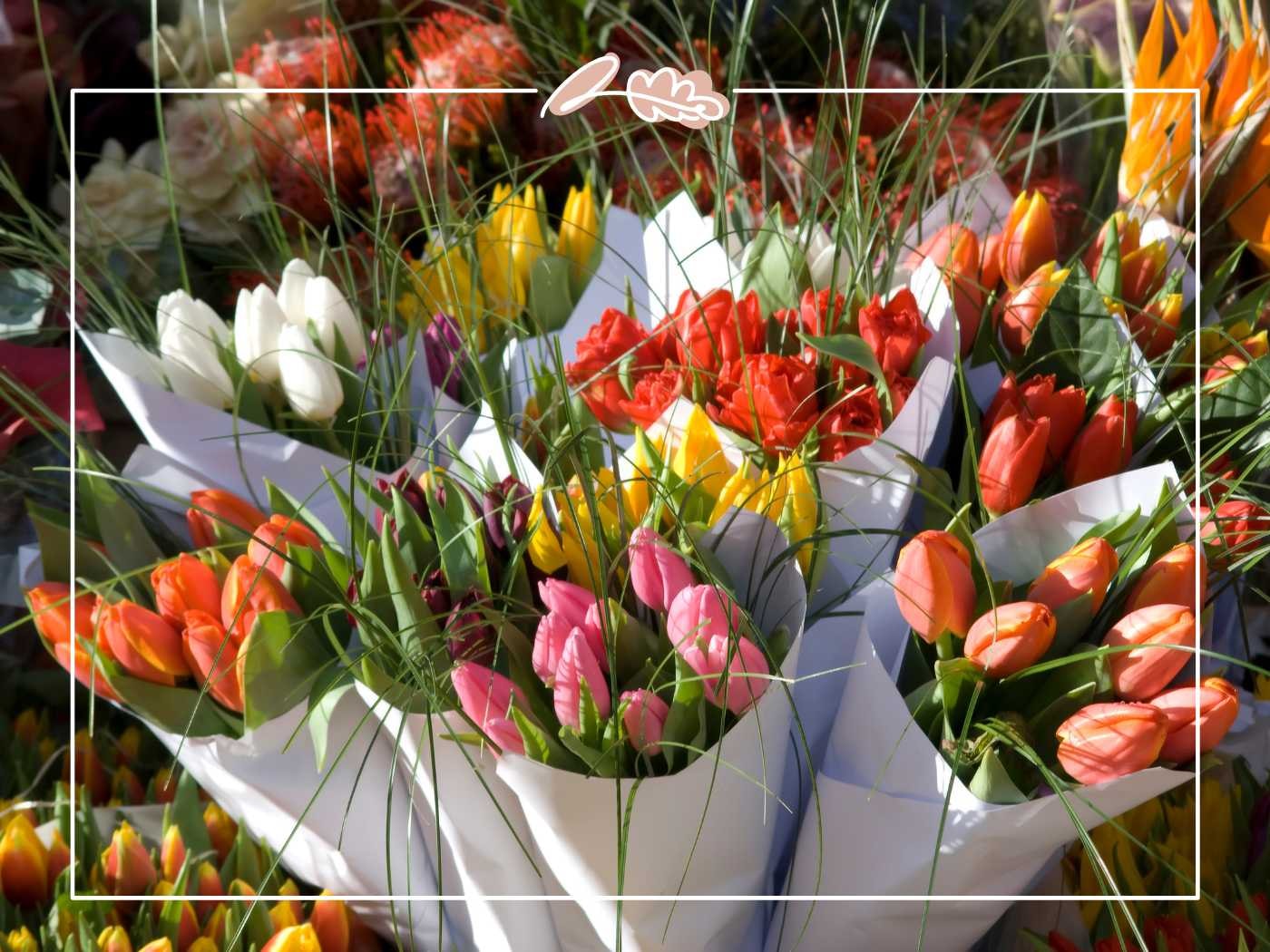
Select the right plants
Choosing the right plants is essential to the success of your flower garden. Be sure to select plants suitable for your growing conditions, such as the sunlight and water available. You should also consider the climate in your area and select plants that are well suited to your zone.
Water and fertilise regularly
To thrive, most flowers need regular watering and fertilising. Water deeply and regularly, and fertilise according to the needs of your plants. Be sure to follow the instructions on the fertiliser package, as over fertilising can harm your plants.
Control pests and diseases
Pests and diseases can quickly damage your flower garden if not addressed promptly. Regularly inspect your plants for pests and diseases, and take appropriate action to prevent or treat them. There are many organic and natural methods for controlling pests and diseases, such as neem oil and garlic spray.
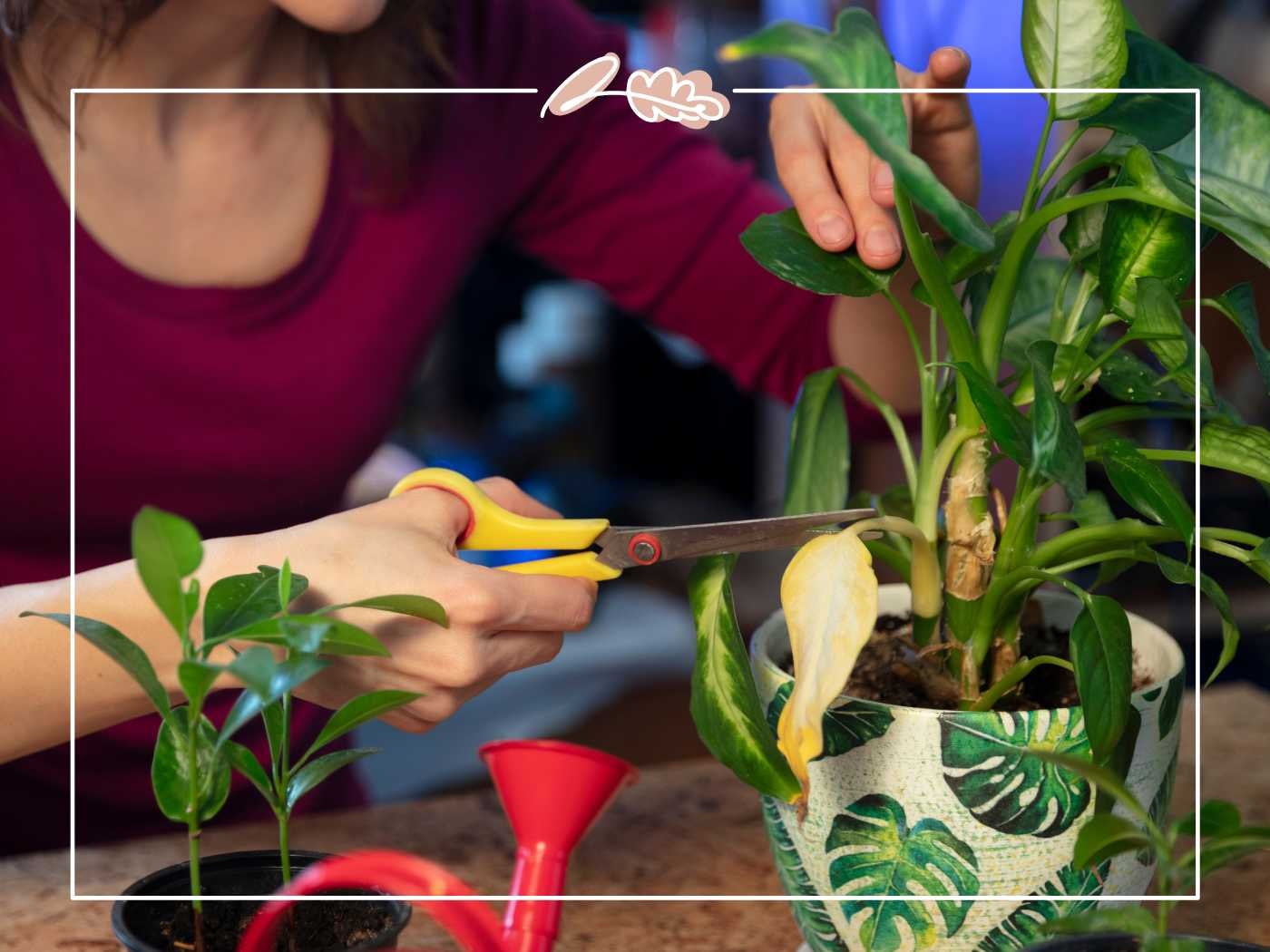
DIY Flower Arrangement Techniques for Any Skill Level
Creating a beautiful flower arrangement is a fun and rewarding activity for Mother's Day that anyone can enjoy, regardless of skill level. Here are some tips for creating stunning flower arrangements:
Choose your flowers
Select various flowers that complement each other in colour, texture, and shape. Consider the size of your vase and choose flowers that are appropriate for the size and shape of your container. You can add greenery or other natural elements, such as branches or berries, to add interest and texture.
Prepare your vase
Choose a vase appropriate for the size and shape of your flowers. Fill the vase with clean water and add floral preservatives to help keep your flowers fresh. You can also add decorative elements, such as pebbles or marbles, to the bottom of the vase for added interest.

Trim your stems
Cut the stems of your flowers at an angle using sharp, clean scissors or pruners. This will help your flowers absorb water more efficiently. Remove any leaves or thorns that will be below the water line.
Arrange your flowers
Start with the largest flowers and arrange them in a circular pattern, working from the centre outward. Fill in the gaps with smaller flowers and greenery. Consider the height and shape of your flowers and vary the height range and placement of your blooms for added interest.
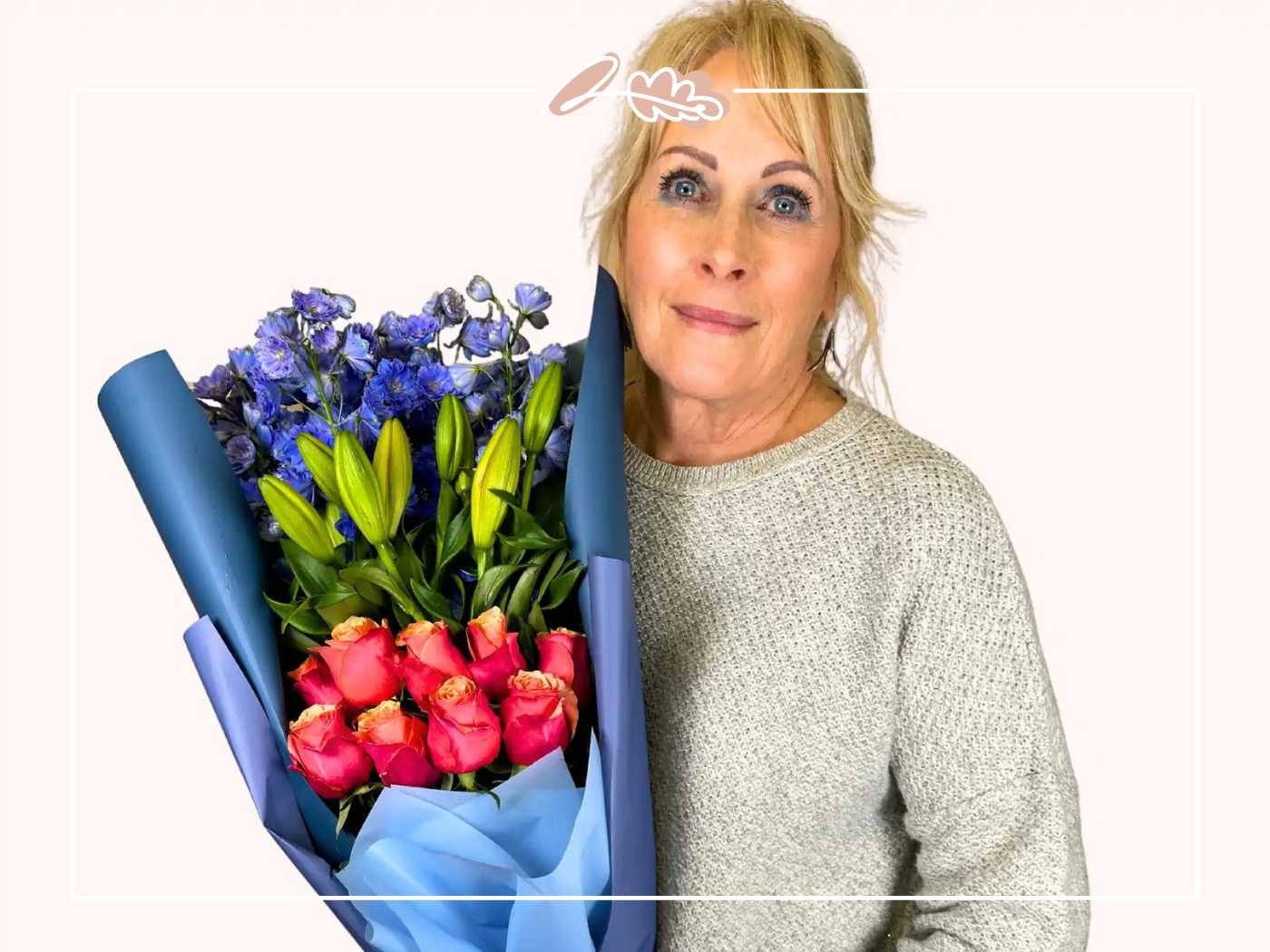
Maintain your arrangement
Change the water and re-trim the stems every few days to keep your flowers fresh. Keep your arrangement out of direct sunlight and away from drafts. Remove any flowers or foliage that begin to wilt or decay. Read more about how to care for your flowers in our Flower Care Guide
Gardening and flower arrangements are wonderful ways to connect with nature and add beauty and joy to our lives. By following these tips for creating a thriving flower garden and beautiful flower arrangements, you can enhance your connection to nature and bring the beauty of the outdoors into your home.
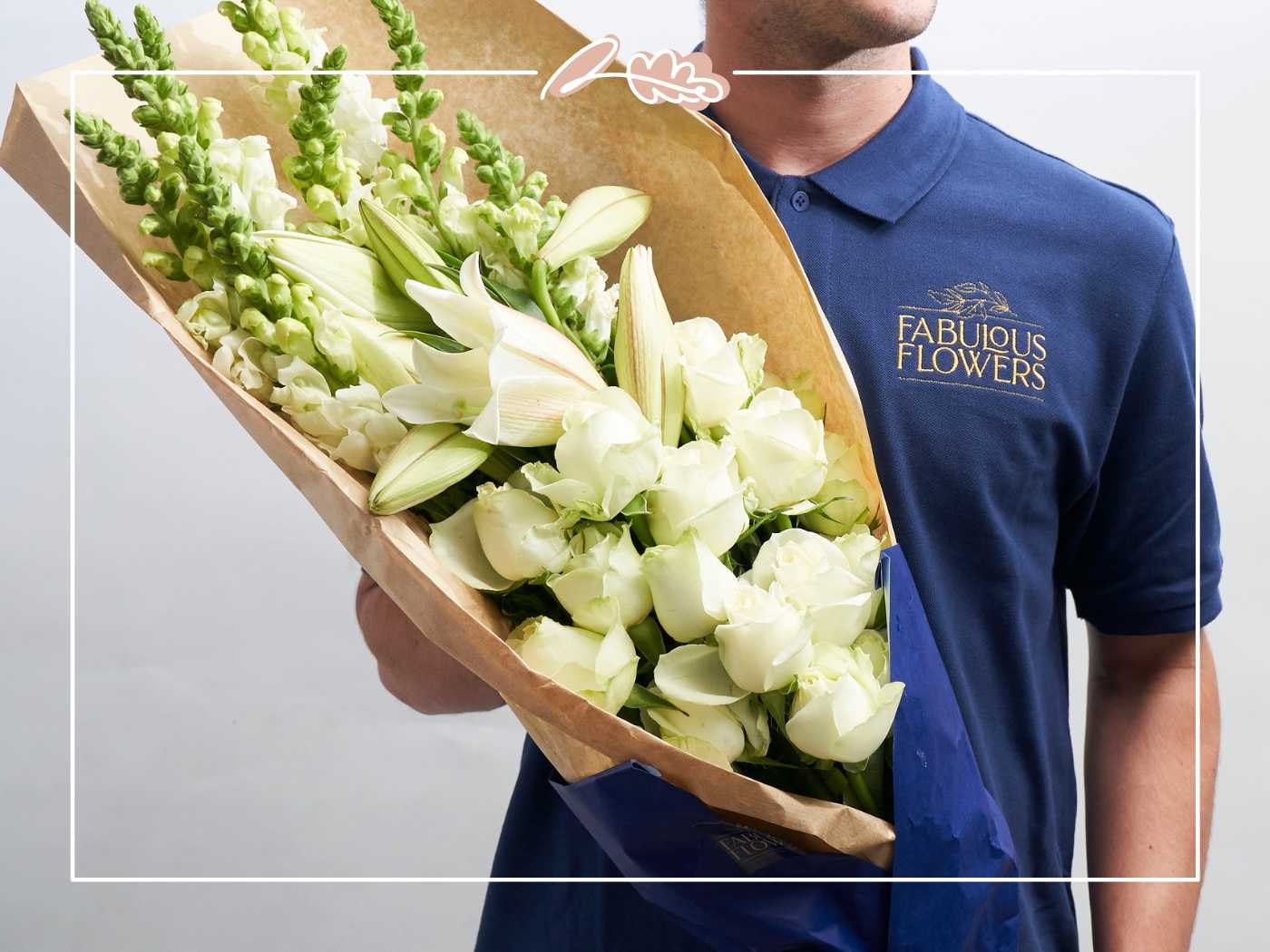
Flower Essences and Aromatherapy
Flower essences are a gentle yet effective way to promote emotional and mental wellness, harnessing the unique properties of specific flowers. Aromatherapy is another powerful method to incorporate the healing power of flowers into our daily lives. This section will explore how flower essences and aromatherapy can enhance overall wellbeing and the healing properties of essential oils derived from flowers.
Flower Essences
Flower essences are a gentle yet effective way to promote emotional and mental wellness. They are made by infusing flowers in water and then diluting the resulting liquid to create a concentrated essence. Each flower essence has a unique energy signature corresponding to a specific emotional or mental state.
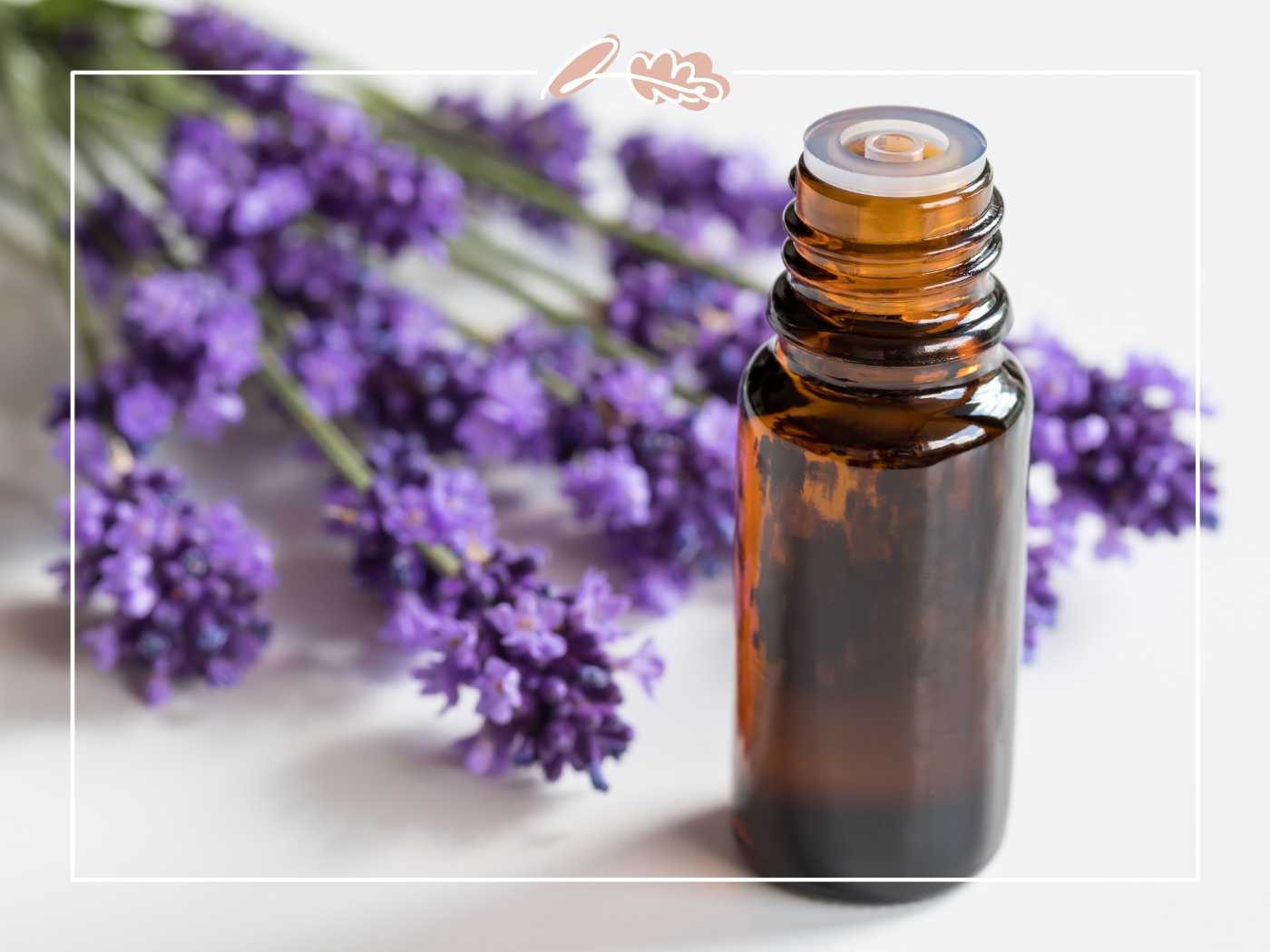
Flower essences can be taken orally or applied topically to promote relaxation, reduce stress and anxiety, improve sleep, and enhance overall emotional wellbeing. Some common flower essences include Bach Rescue Remedy, used for stress relief and anxiety, and Mimulus, which promotes courage and self-confidence. And Willow, which is used to promote forgiveness and emotional release.
To use flower essences, add a few drops to your water or tea, or apply topically to pulse points, such as the wrists or temples. Flower essences are gentle and safe for all ages and can be a powerful tool for promoting emotional and mental wellbeing.
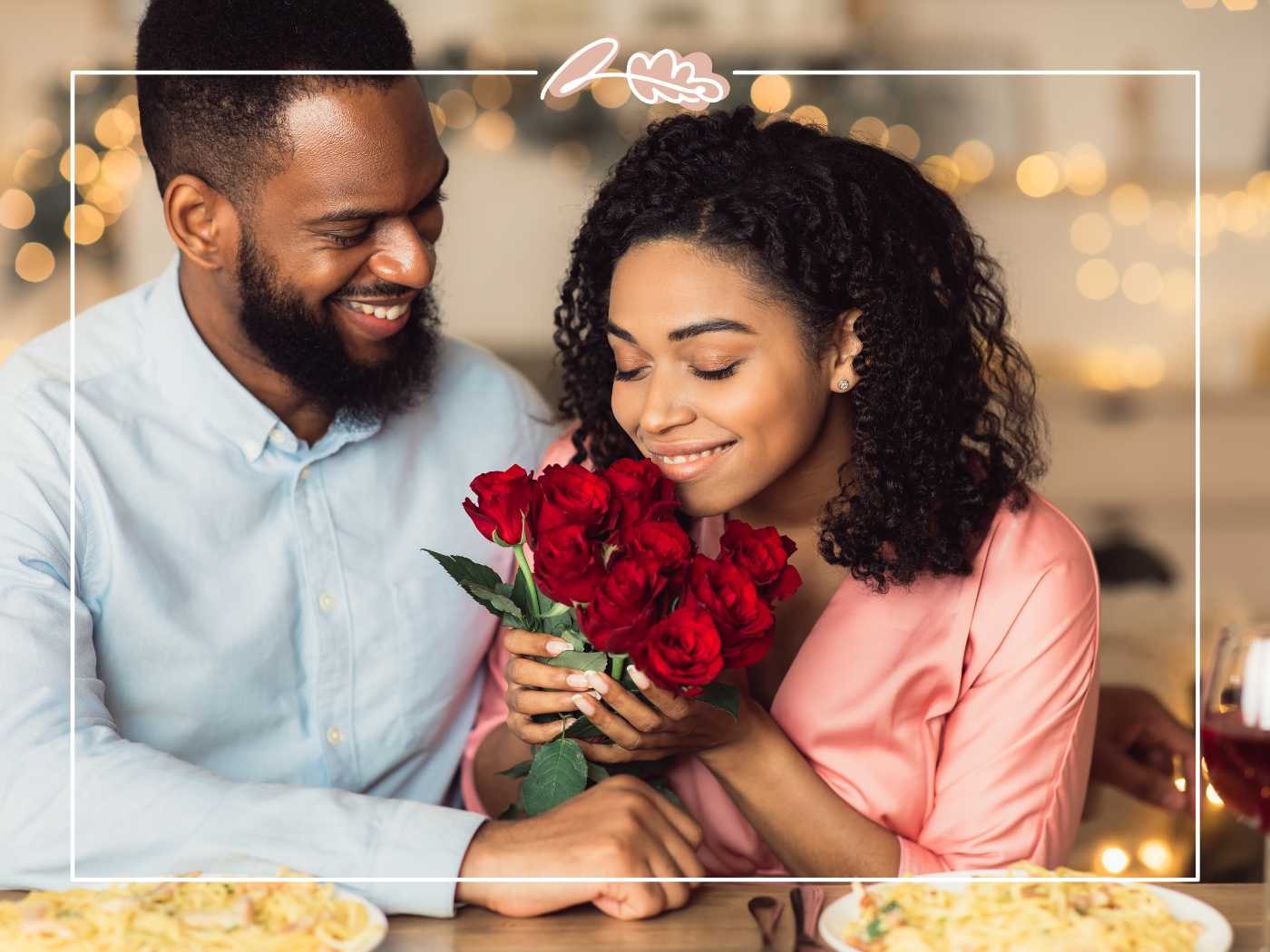
Aromatherapy
Aromatherapy is the use of essential oils derived from plants for therapeutic purposes. Essential oils are extracted from flowers, leaves, stems, and other plant parts and are believed to have various healing properties. The scent of essential oils can have a powerful impact on our emotional and mental state, promoting relaxation and reducing stress and anxiety.
Some common essential oils derived from flowers include lavender, rose, jasmine, and ylang-ylang. Lavender is often used to promote relaxation and improve sleep, while rose promotes self-love and reduces stress. Jasmine is used to promoting relaxation and reduce anxiety, while ylang-ylang is used to promote relaxation and improve mood.
To use essential oils, add a few drops to a diffuser or vaporiser, dilute with a carrier oil and apply topically to pulse points, such as the wrists or temples. Essential oils can also be added to bathwater, massage oil, or skincare products for relaxation and healing benefits.
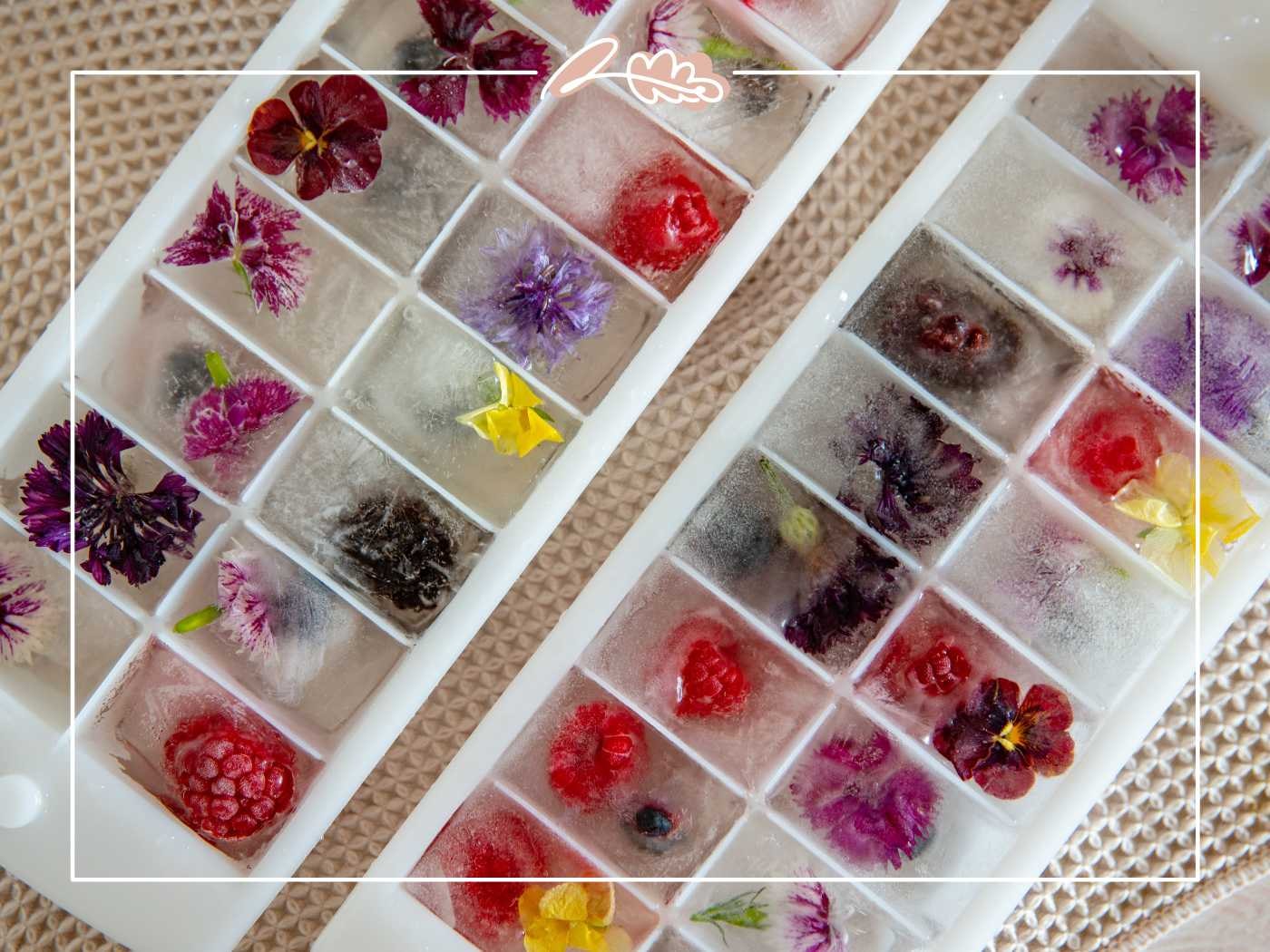
Edible Flowers
Did you know that many flowers are not only beautiful blooms but also edible? That’s right - flowers can be a tasty and nutritious addition to our meals and drinks. In this section, we’ll explore a range of edible flowers and roses’ nutritional value and culinary uses and how to incorporate them into the rest of our diet. Read more about Edible Flowers in our Blog.
Nutritional Value and Culinary Uses of Edible Flowers
Edible flowers are rich in vitamins, minerals, and antioxidants and can be used in various culinary applications. Some common edible flowers include nasturtiums, violets, pansies, and roses.
Nasturtiums have a peppery flavour and can be used in salads and sandwiches, while violets and pansies have a sweet, floral flavour and can be used to decorate cakes and pastries. Roses are also edible and have a subtle, floral flavour that pairs well mixed with fruit, cream and chocolate.
In addition to their nutritional value, edible flowers can also be used to add colour and visual interest to our meals and drinks. They can decorate salads, cocktails, and even ice cubes.
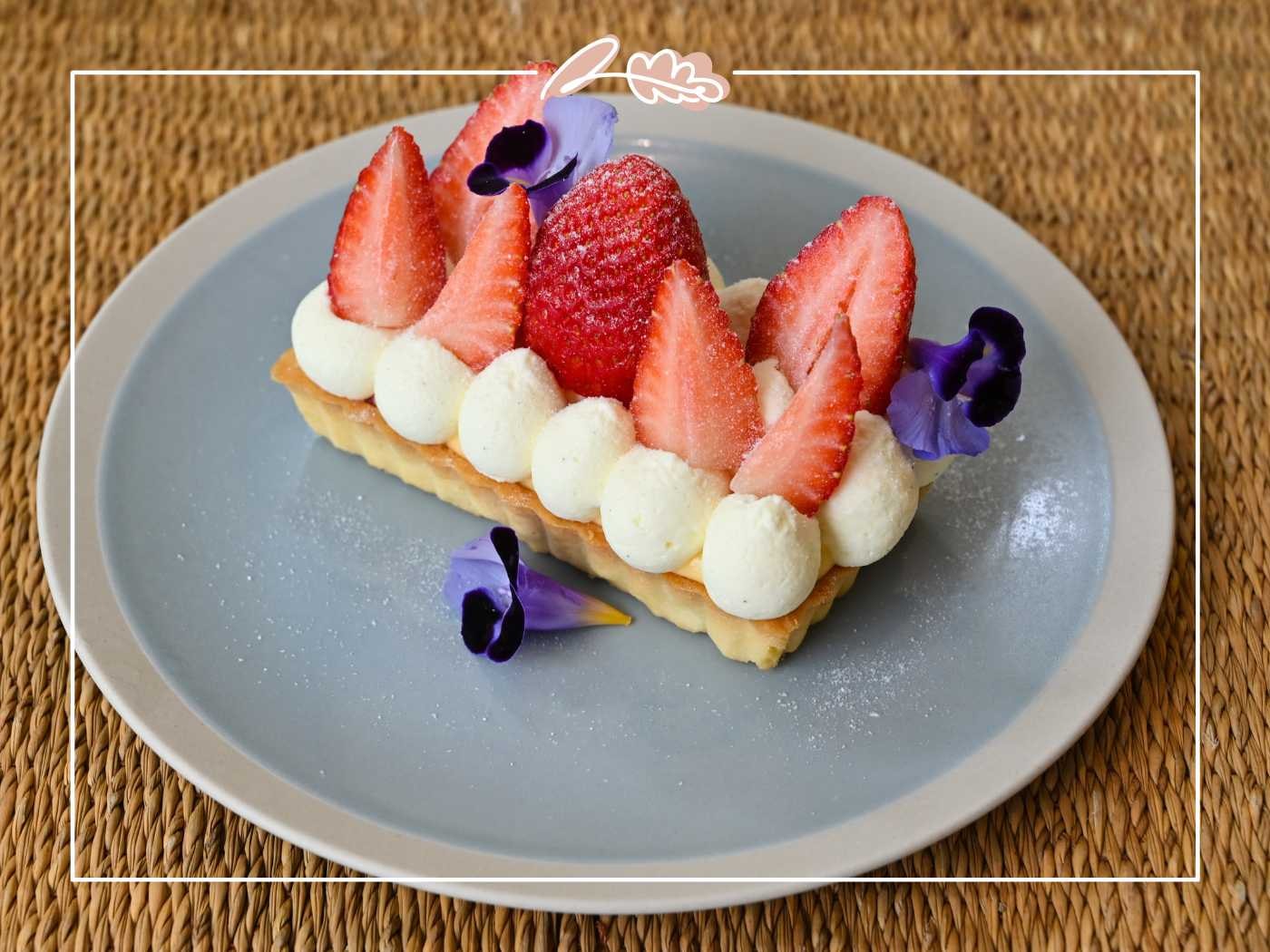
How to Incorporate Flowers into Meals and Drinks
There are many ways to incorporate flowers into our meals and drinks. Here are a few ideas to get you started:
-
Add nasturtiums to your salad for a spicy kick
-
Top your favourite desserts with violets or pansies for a pop of taste, colour and flavour
-
Infuse rose petals in hot water to make a fragrant tea
-
Freeze edible flowers in ice cubes for a stunning taste in addition to your drinks
-
Make a simple lavender syrup to use in cocktails or lemonade
When using edible flowers in cooking, be sure to choose flowers that are free from pesticides and other chemicals. Using only the petals is also important, as the other flower parts can be bitter or toxic.
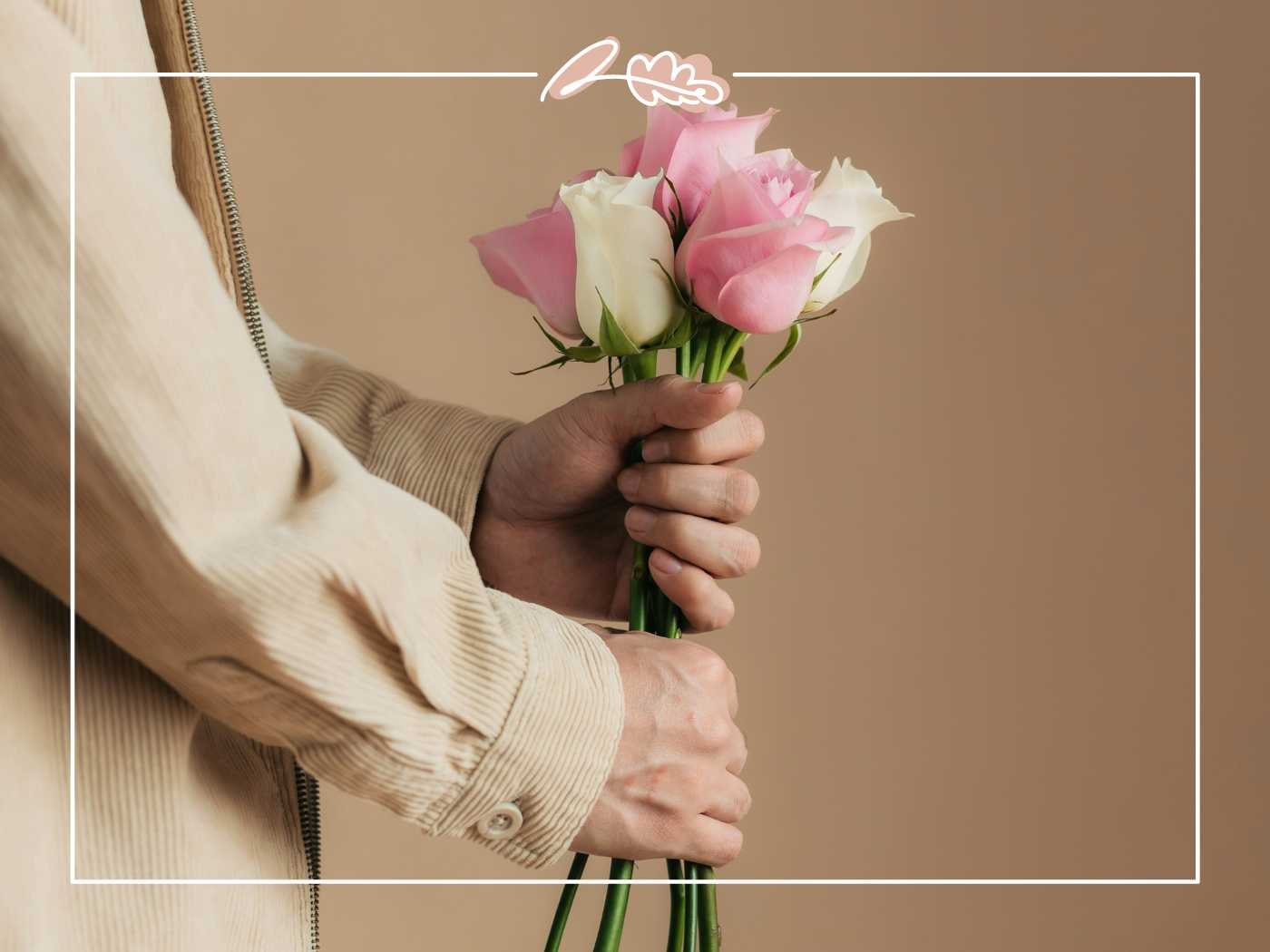
Flowers and Art
Flowers have long been a source of inspiration for artists of all kinds. From paintings to sculptures, specific flowers have often been chosen for their symbolic significance, creating beautiful and meaningful works of art. In this section, we’ll explore the relationship between flowers and art and how they have been used in the artistic world.
Flowers in Painting
Flowers have been a popular subject matter for painters throughout history, with many artists using them to express emotion, beauty, and the passage of time. Some famous examples of floral paintings include Vincent Van Gogh's sunflower series, Claude Monet's water lilies, and Georgia O'Keeffe's abstract flower paintings.
In addition to being beautiful, flowers can also carry symbolic meaning in paintings. For example, red roses often represent love and passion, while light pink and yellow flowers represent friendship and happiness.
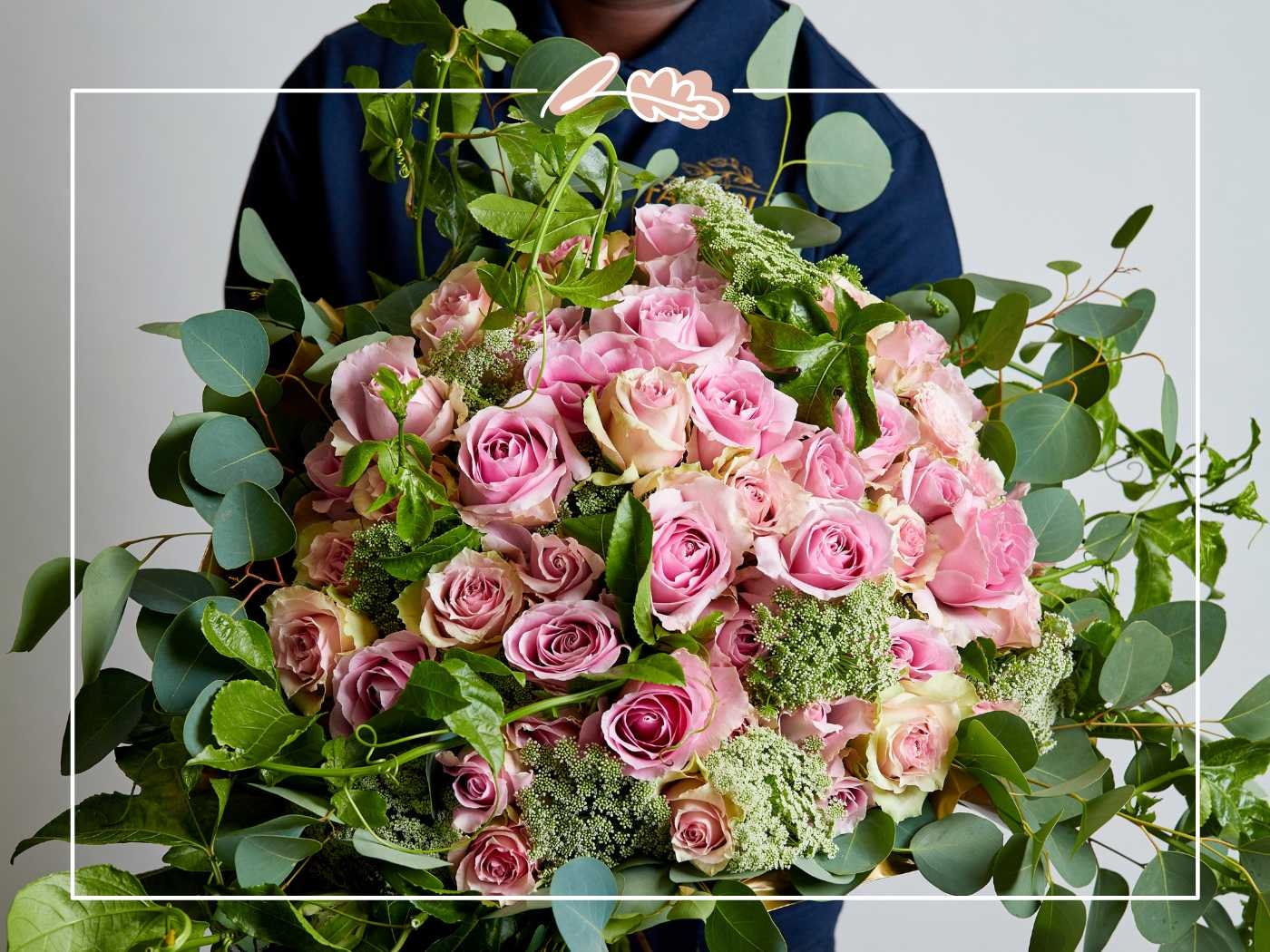
Flowers in Sculpture
Flowers have also been used in sculpture to create delicate and intricate works of art. Sculptors have used flowers as inspiration for their designs or have created sculptures that incorporate actual flowers.
One notable example of floral sculpture is the work of Japanese artist Yayoi Kusama, who creates immersive installations using thousands of hand-painted flowers. Another example is the sculpture of British artist David Nash, who creates organic, naturalistic sculptures using wood and other natural materials.
Flowers in Photography
Flowers have also been used in photography as a way to capture their natural beauty and essence. Photographers often use pictures of flowers to experiment with lighting, colour, and composition.
Some famous examples of floral photography include the work of Robert Mapplethorpe, who captured the beauty and sensuality of flowers in his black and white photographs, and Imogen Cunningham, who was known for her intimate and detailed floral studies.
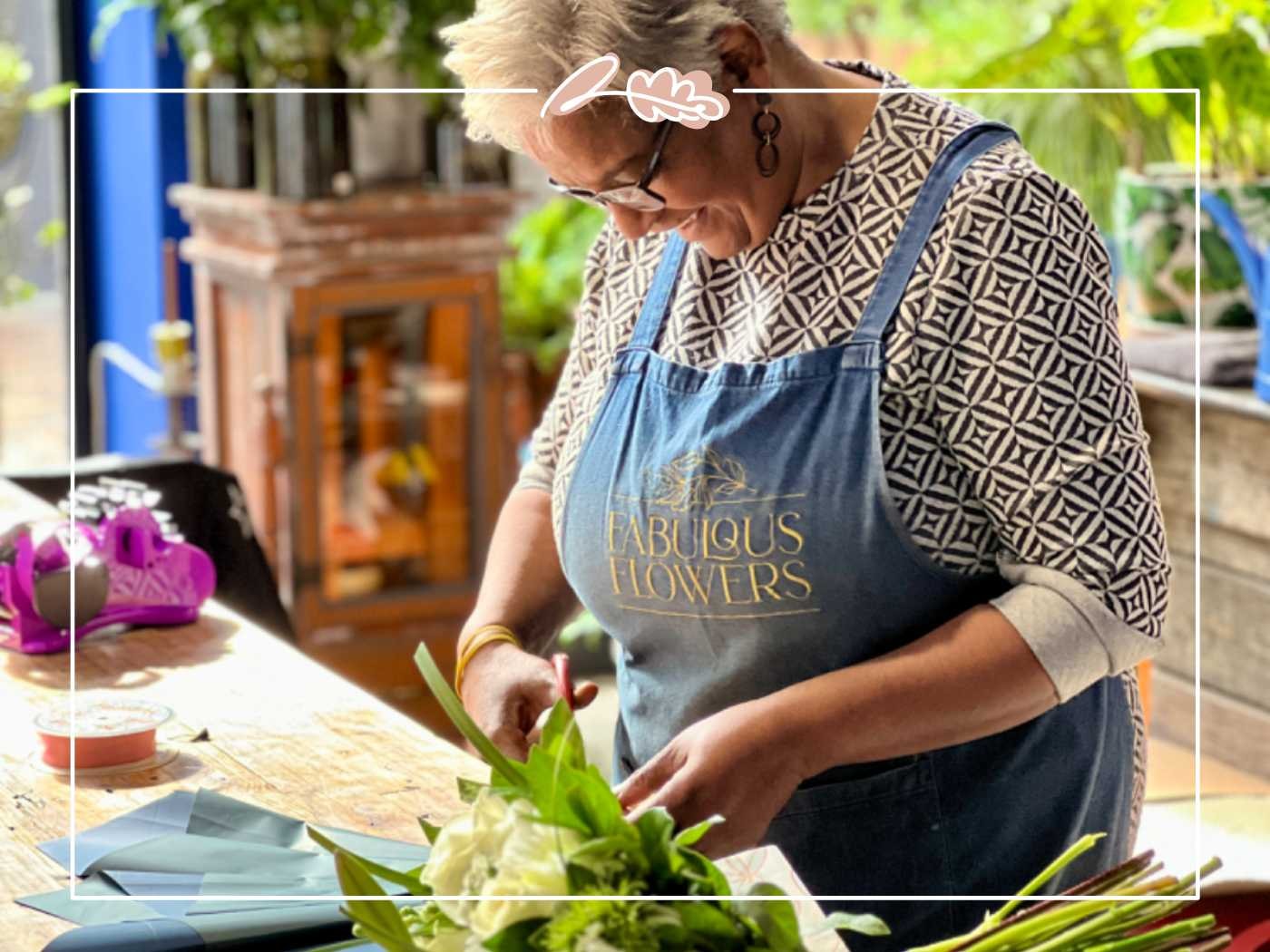
Flowers in Fashion
Flowers have also been a popular motif in fashion, with designers using them to create various delicate and feminine designs. Floral prints can be found on everything from dresses to shoes and can range from abstract to realistic depictions of flowers.
Some famous examples of floral fashion include the work of designer Alexander McQueen, who often incorporated flowers into his designs to explore themes of life and death, and the floral prints of Liberty London, which have become iconic in the world of fashion.
Flowers in Poetry
Flowers have been a popular subject in literature and poetry for centuries, with poets using specific flowers to explore themes of love, beauty, and the passage of time. In this section, we’ll take a literary journey through flowers in famous works of literature and poetry and explore the symbolism of flowers in these works.
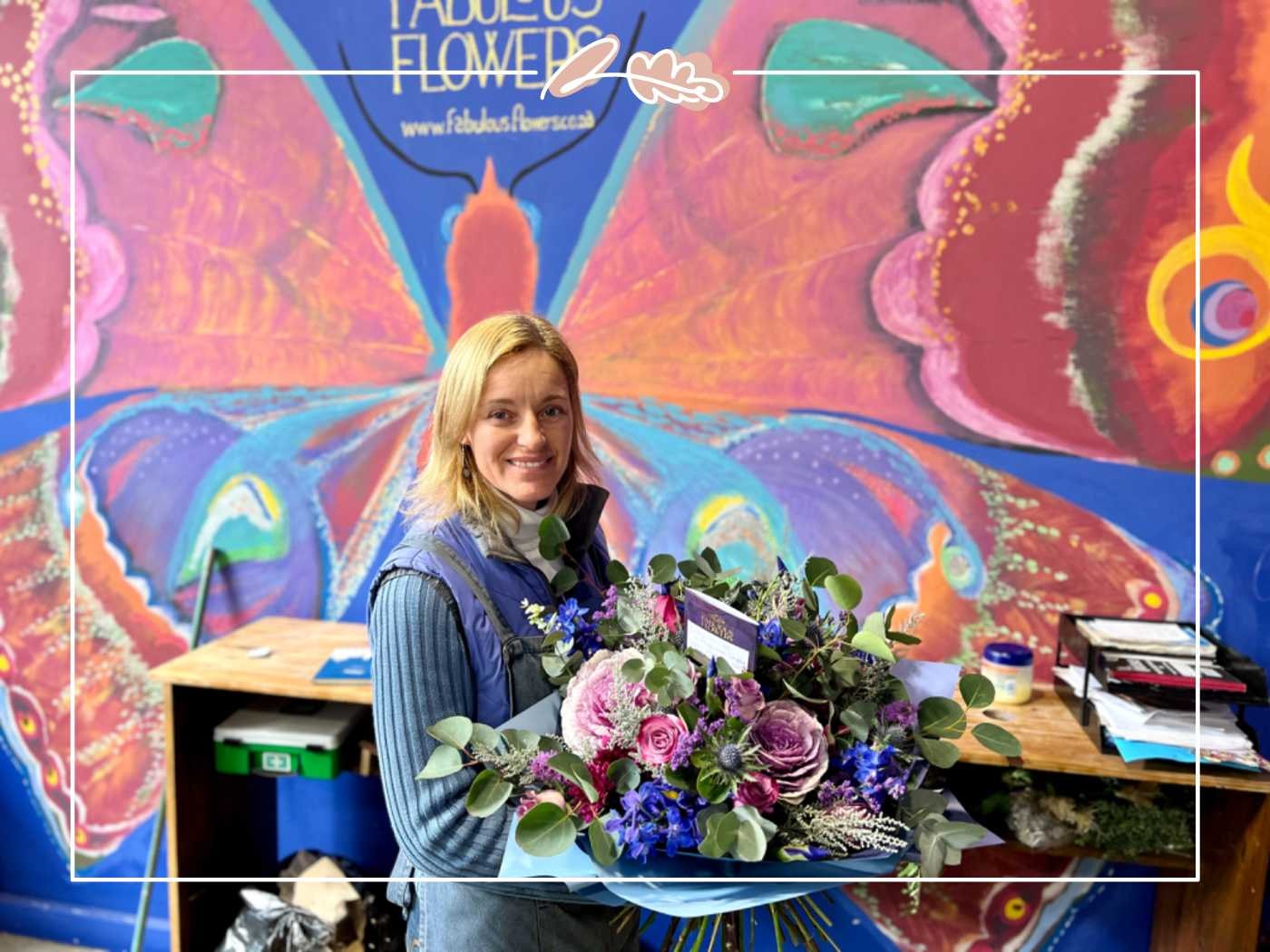
Flowers in Literature
Flowers have been used in literature to create vivid descriptions of nature and to convey emotional and symbolic meaning. For example, in William Shakespeare's play "Hamlet," Ophelia gives a speech describing the symbolism of different flowers, including rosemary for remembrance and pansies for thoughts. In Jane Austen's novel "Sense and Sensibility," Marianne Dashwood is described as a wildflower, untamed and free-spirited.
Flowers have also, on occasion, been used as symbols of love and romance in literature. In Charlotte Bronte's novel "Jane Eyre," the character Rochester gives Jane a bouquet of yellow roses to symbolise his affection for her. In F. Scott Fitzgerald's novel "The Great Gatsby," the character Daisy is associated with carrying the white lily, representing purity and innocence.
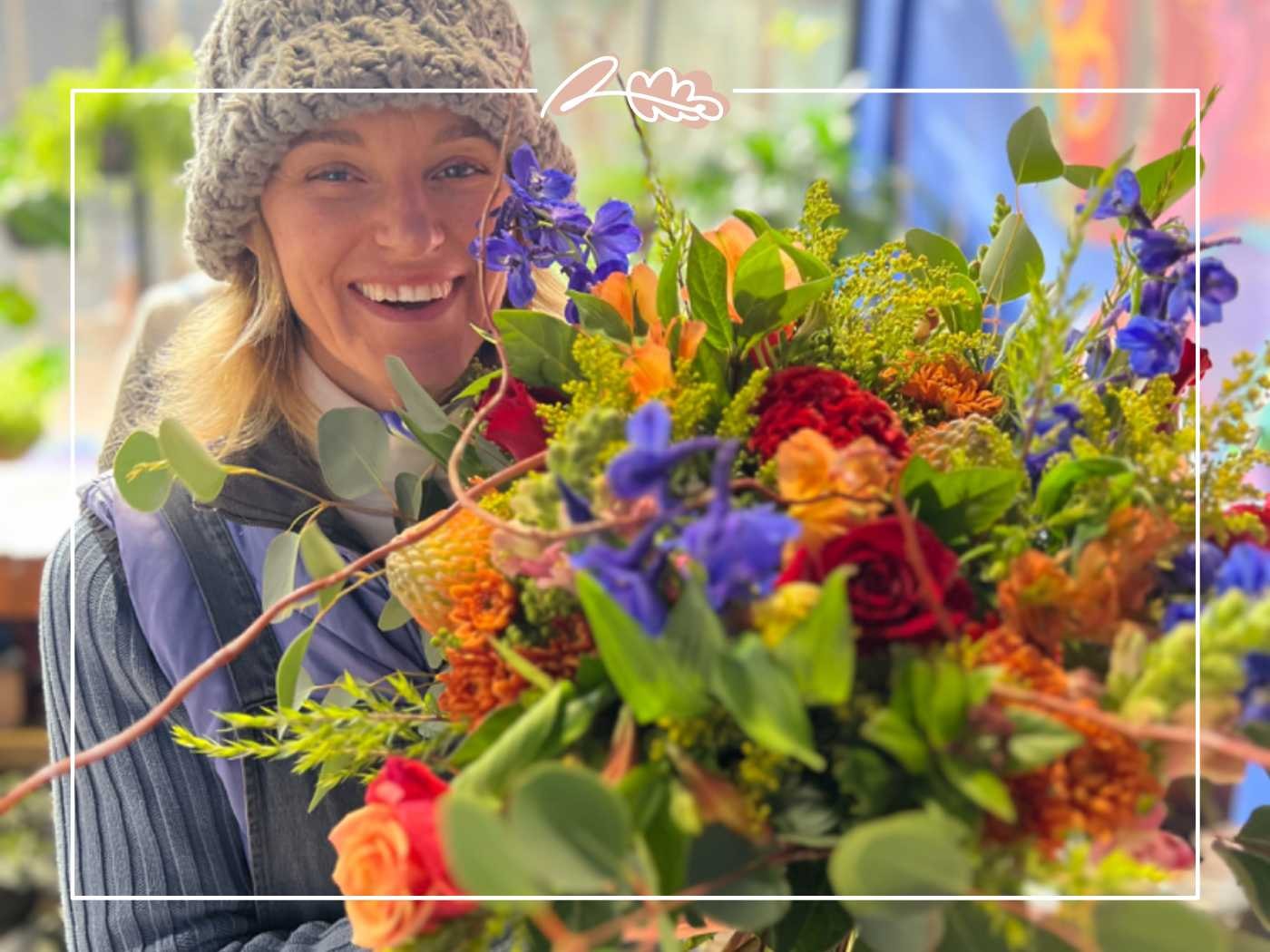
Flowers in Poetry
Flowers have also been a popular subject in poetry, with poets using them to explore themes of love, nature, and the passing of time. For example, in William Wordsworth's poem "I Wandered Lonely as a Cloud," the poet describes a field of daffodils and reflects on the beauty of nature. In Emily Dickinson's poem "A Bird came down the Walk," the poet describes an encounter with a bee and a flower, using it as a metaphor for the fleeting nature of life.
In addition to symbols of beauty and nature, flowers have also been used in poetry as symbols of deeper meaning. For example, the rose has long been a symbol of love and passion, while the lily represents purity, goodness, peace and innocence.
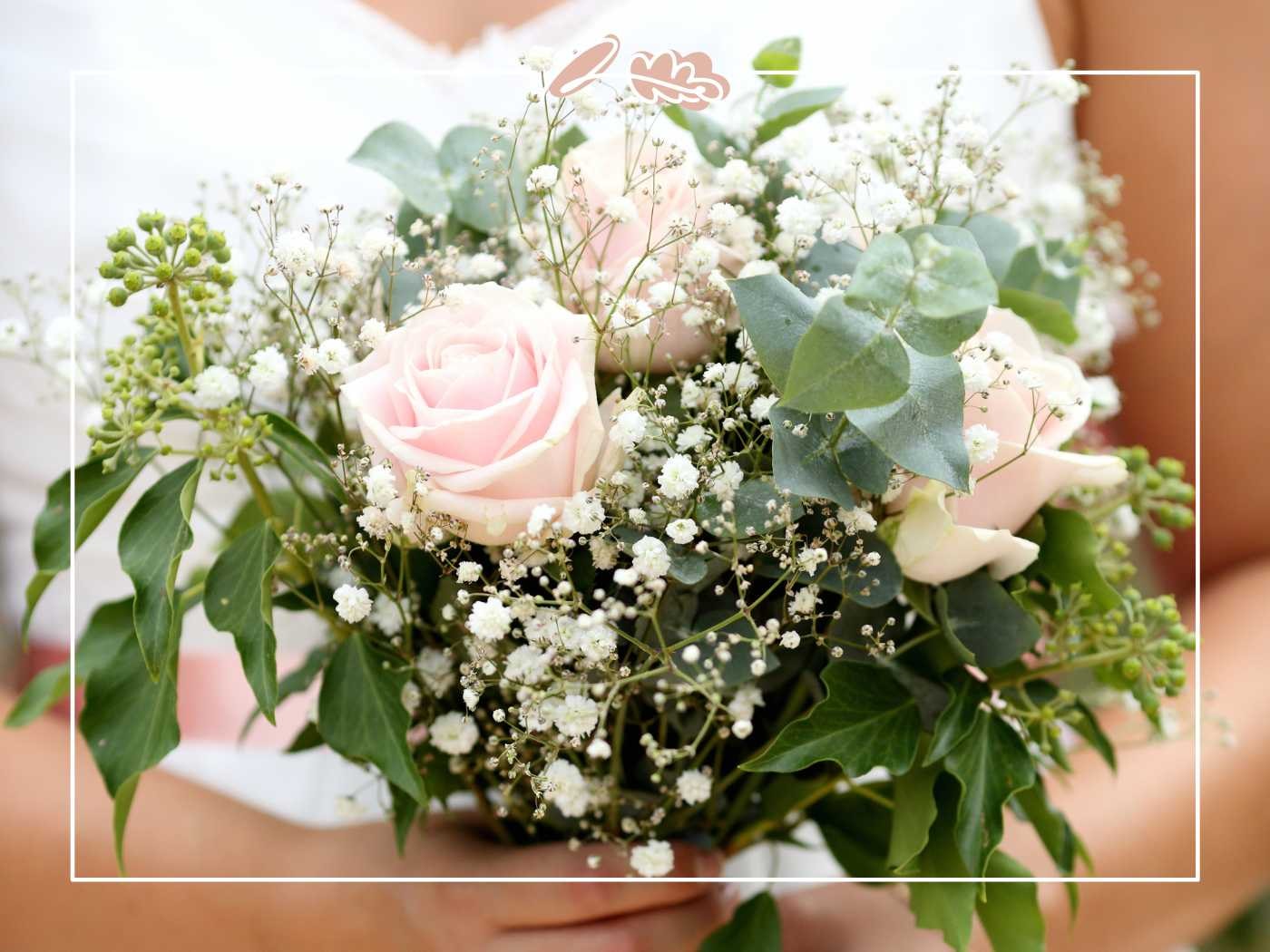
Same Day Flower Delivery in Cape Town
Experience the convenience of online flower delivery with our same day service in Cape Town. Our efficient flower delivery ensures that your beautiful blooms arrive fresh and on time, perfect for any special occasion. Flowers bring joy and warmth to any moment, and we take pride in delivering flowers that create lasting impressions. Whether you want to order online send flowers to celebrate a birthday, an anniversary, or Mother’s Day, our dedicated team in Cape Town is committed to making your gifting experience seamless. Join our happy customers and let us help you bring smiles to your loved ones with our reliable online flower delivery service.
Embracing the Power of Flowers
Flowers have played an important role in human history, art, literature, and wellbeing. From ancient civilisations to modern day practices, their symbolism and beauty continue to captivate and inspire us. The power of flowers to enhance our physical and emotional wellbeing, create beautiful and thriving gardens, and inspire artistic expression is undeniable.
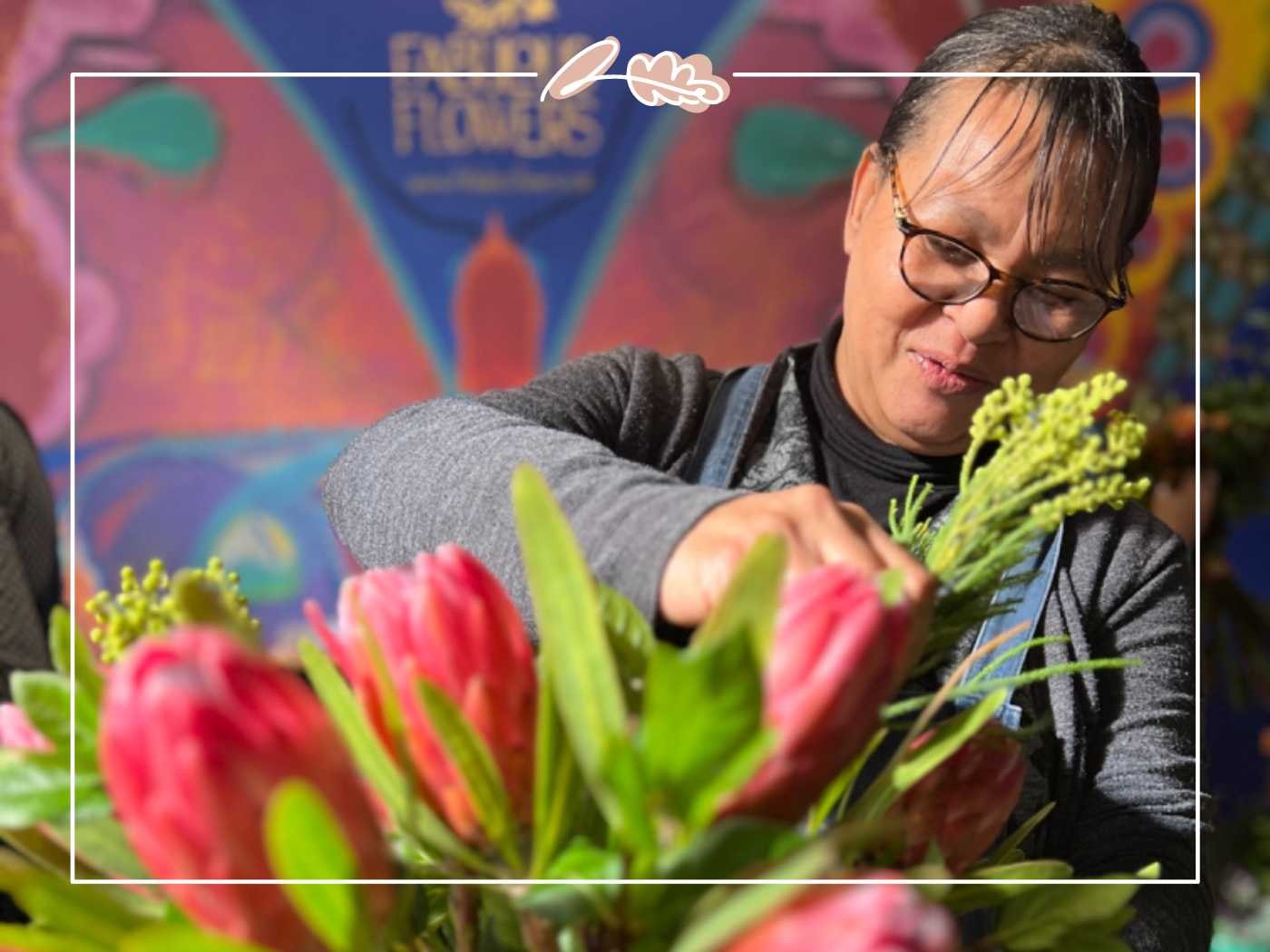
By incorporating flowers into our daily lives whether through gardening, flower arrangements, aromatherapy, or even edible flowers we can tap into their many benefits and bring joy and peace to our hearts. Flowers remind us of the natural world’s beauty and wonder and provide a connection to nature that enhances our overall wellbeing.

